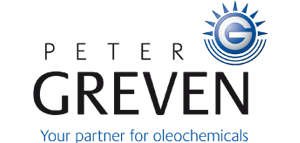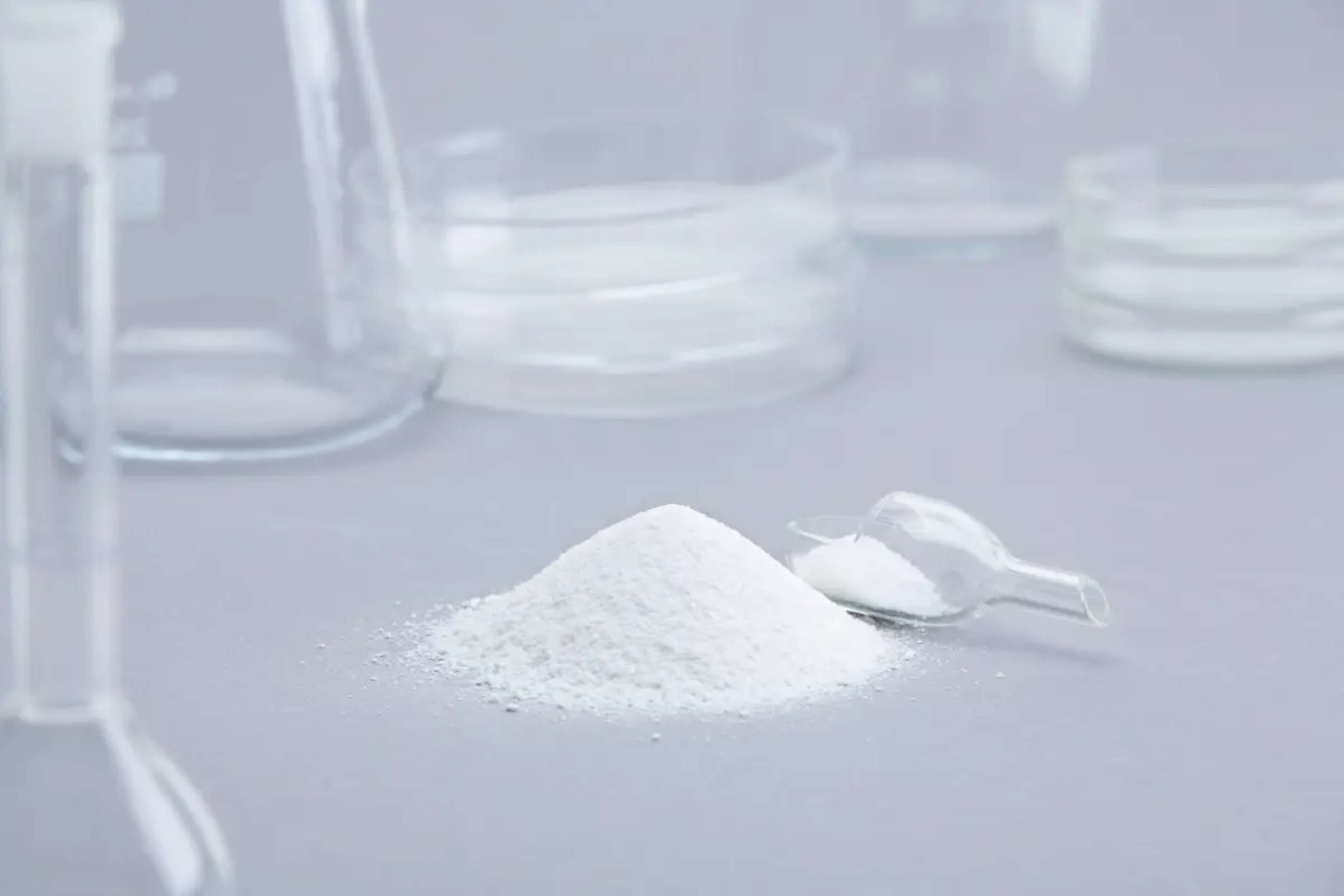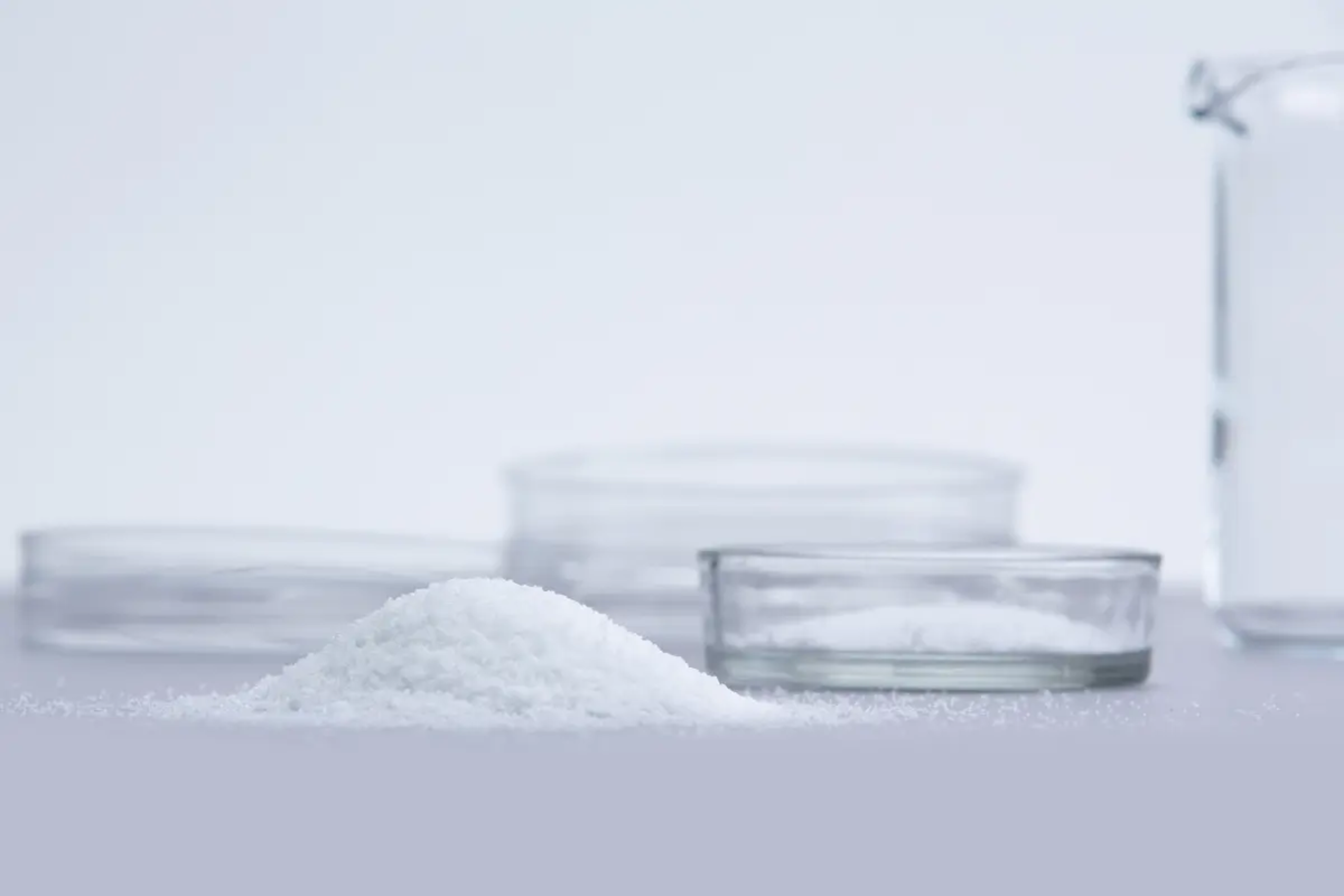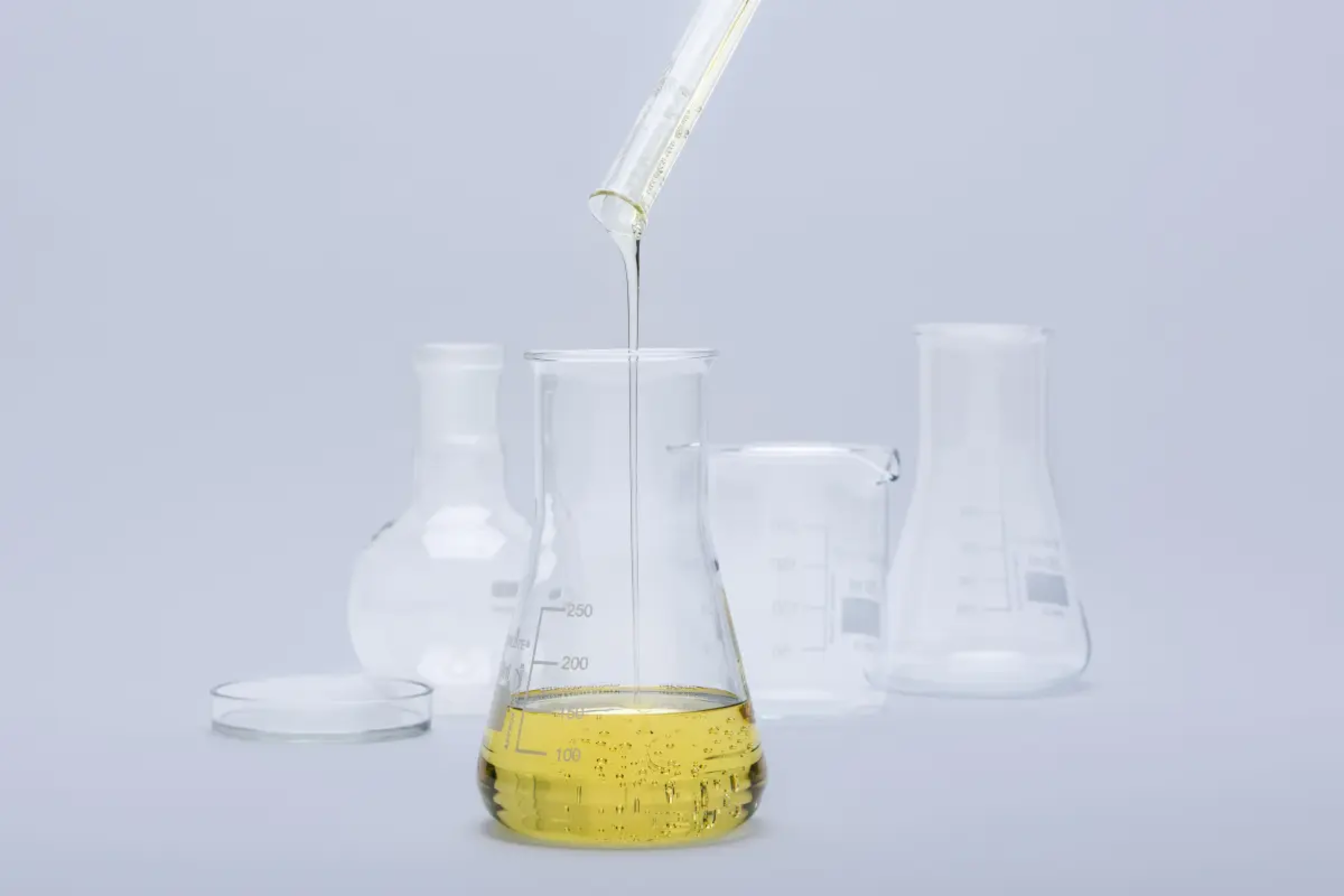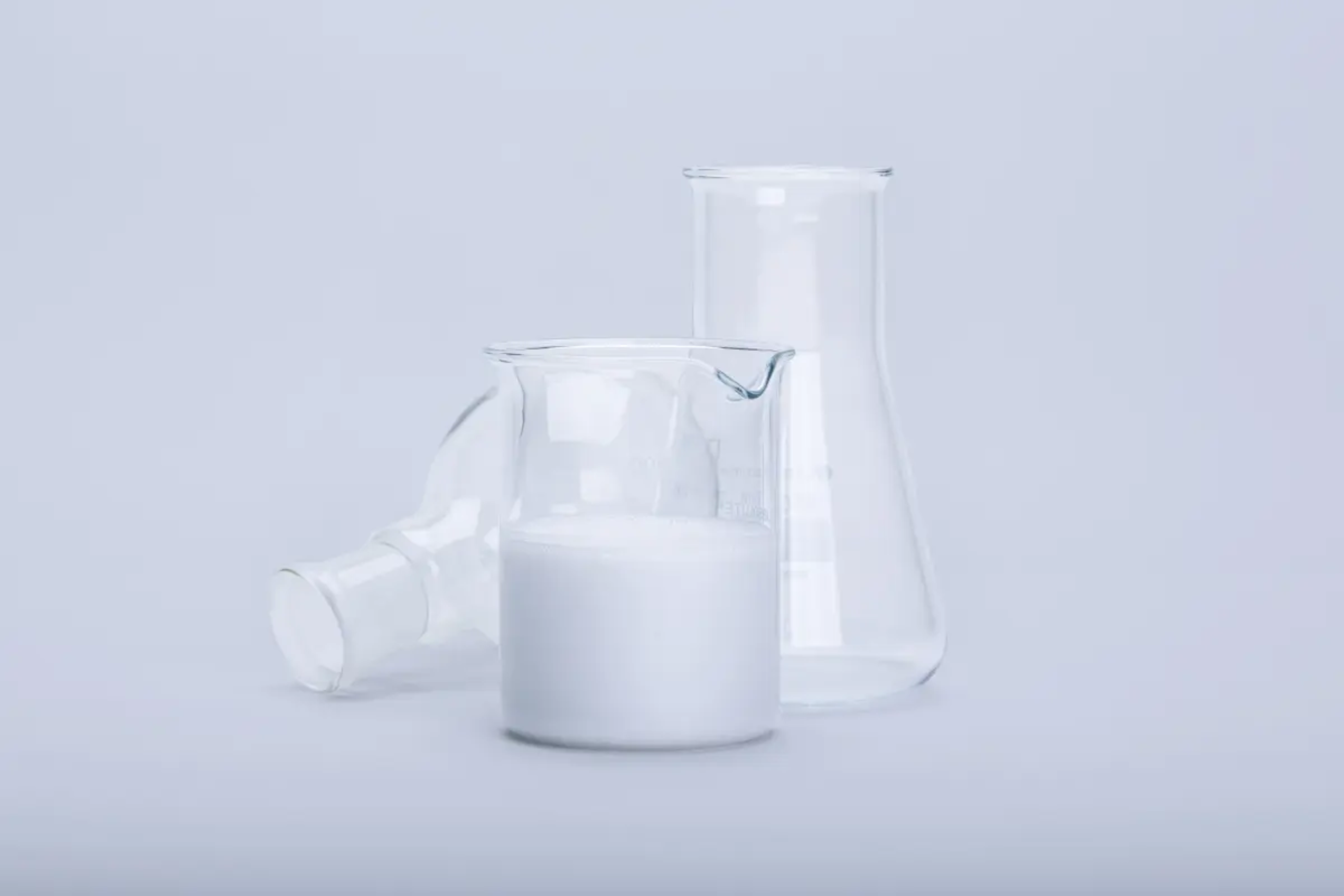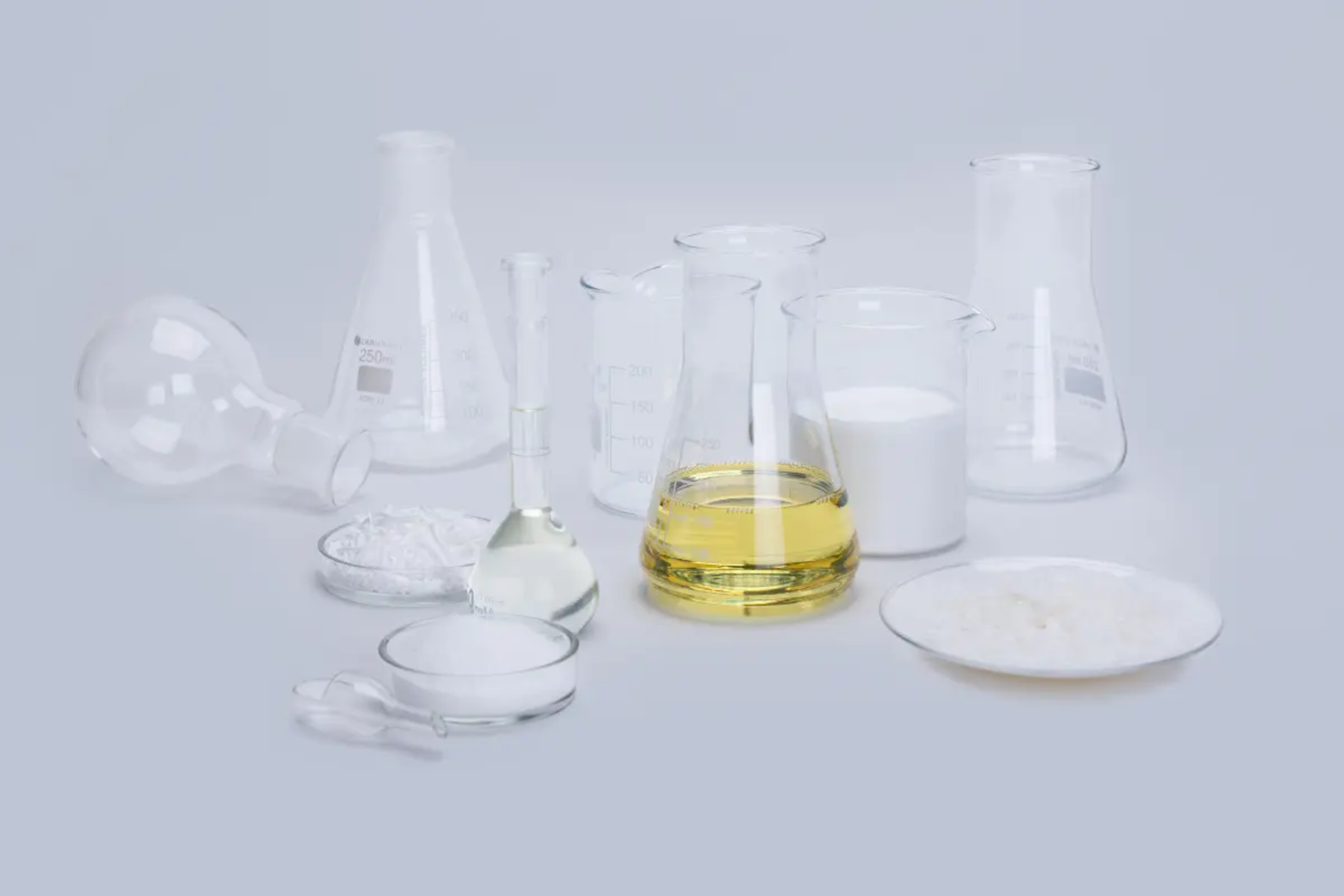
Metal Soaps
Metal soaps are the salts of fatty acids. In most cases, stearic acid is used in combination with different metals like calcium, zinc, magnesium, aluminium and lithium. As they are suitable for a bunch of applications, they are often referred to as allrounders. Besides their stabilising and hydrophobic characteristics, they offer a good separating and lubricating effect. Some of them also offer the ability to form gels.
We offer a broad range of metal soaps including calcium stearates, zinc stearates, magnesium stearates, aluminium stearates and lithium stearates. Further products like laurates and hydroxy stearates are part of the portfolio as well.
Alkaline Soaps
Alkaline soaps, often referred to as soaps, are the salts of fatty acids as well. They are usually produced with stearic acid or oleic acid and the metals sodium or potassium. The main difference to metal soaps is their water solubility. Therefore, they are likely used as additives in different technical and Life Science applications.
Our product portfolio includes different types like sodium stearate, sodium oleate, potassium stearate and potassium oleate.
Esters
Esters are a chemical combination of one or more fatty acids and an alcohol. Stearic acid, oleic acid and caprylic/capric acid are often used as well es the alcohols glycerol, trimethylolpropane, neopentyl glycol and pentaerythritol. The effects and characteristics of esters are determined by the functional groups and the non-polar parts of the used raw materials. Dependent on the application area, different characteristics like good lubricating effect or chemical and physical stability are required.
Within our product range we offer different types of esters, for example mono esters, glycerol esters, polyol esters and complex esters.
Dispersions
Dispersions are a heterogeneous mixture of at least two substances that do not dissolve or bond chemically. As dispersions are liquid, they are preferred in some applications rather than using solid metal soaps.
We produce aqueous dispersions of calcium stearate, zinc stearate, ammonium stearate and special fatty acids.
